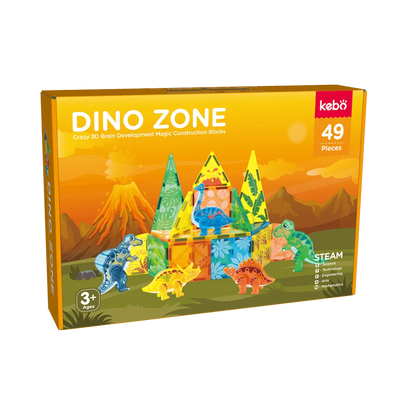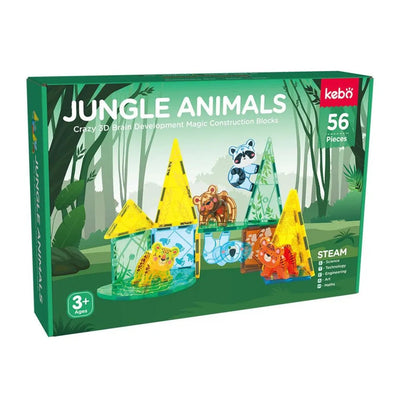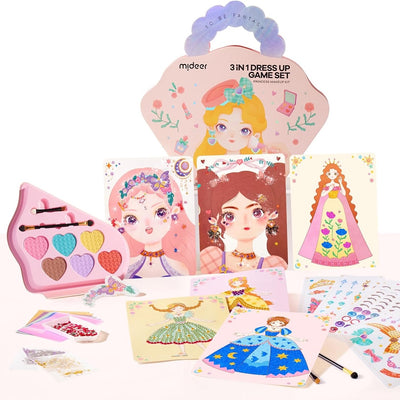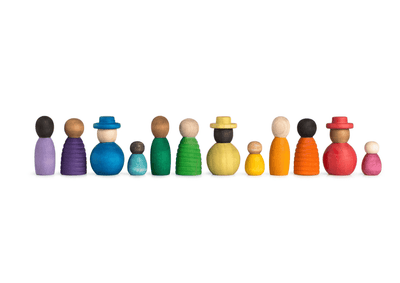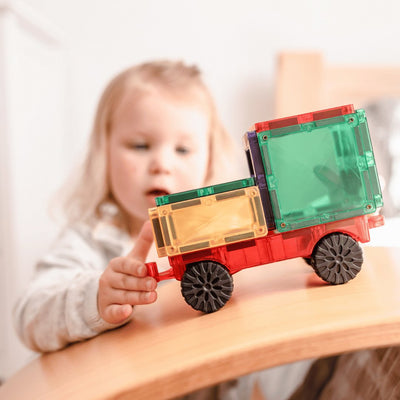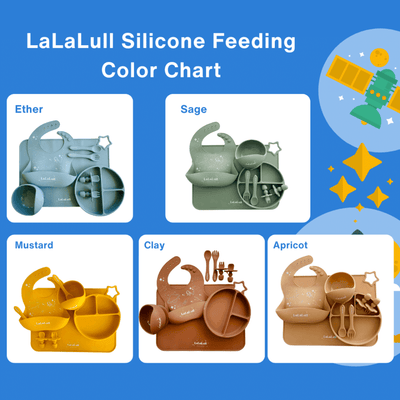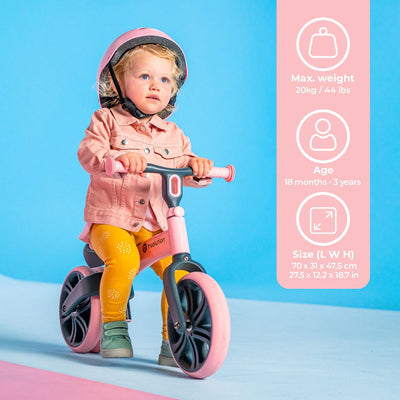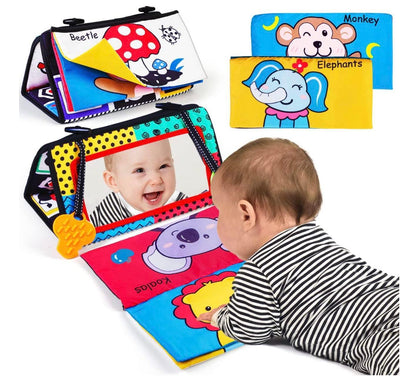Crafted from the lush forests of Germany, the Grimm's Wooden Rainbows, alongside Australia's vibrant LaLaLull, have become cornerstones of creative, unrestricted play. In the world of early childhood education, these wooden rainbow stackers are more than toys; they're tools for growth and discovery. How often do you come across a child's play area or educational blog without the presence of these colorful arcs? It's as though they beckon young minds to explore and learn. Now, how can we, as educators and parents, harness the potential of these stackers for developmental play? Let's explore together.

1. In the photo, we see a bunch of wooden dolls with different skin tones hanging out around a wooden rainbow stackers. The wooden rainbow dolls and the colorful arches sit on letter blocks that spell out "TOGETHER." It's a perfect setup for Harmony Day or any day you're celebrating everyone's unique background. It’s like a little community of friends ready to play and learn about each other. The different colors of the dolls are awesome for starting chats about all the cool things that make us special and how we all fit together, just like these pieces.

2. (wooden rainbow stackers + Wooden Rainbow Semicircle) you've just unlocked a fresh playground of possibilities. Craft multi-layered wooden cakes and let the decoration game begin. Like we've done here, LaLaLull's Loose Parts make for awesome decor, or you could sprinkle on some little animal figures or natural finds like wooden rainbow friends for that extra touch. It's all about layering up and letting imagination be your guide.

3. The collage features a variety of playful scenarios showcasing the versatility of wooden rainbow stackers in play. We see them turned into a tiered toy shelf housing colorful figurines, creating tunnels for a toy car adventure, and being used as a prop in a toy Road Puzzle layout. They’re stacked to form artistic sculptures, serving as arches for a gnome village, and making a stunning backdrop for a child’s active play. This montage illustrates the stacker's ability to foster creative play, motor skills, and learning in a Montessori-inspired setting, perfect for encouraging a child's natural curiosity and development.

4. This set ups capture a whimsical structure made from colorful wooden rainbow arches and peg dolls. Arranged in a freeform, abstract design, the arches loop around and support each other, creating a playful display of balance and color. Small wooden dolls are placed within the structure, adding a human element to the scene. Such setups are perfect for a Montessori approach, promoting creativity, spatial awareness, and fine motor skill development in a playful, open-ended context.

5. we see a playful arrangement of wooden rainbow arches turned into cozy beds for plush toys. A fluffy white lamb and a soft brown bunny are tucked into the arches, depicting a scene of rest or imaginative play. This setup is not only adorable but also illustrates a key aspect of Montessori education—encouraging children to engage in real-life activities like caring for others, even if it's a toy. It supports the development of empathy and nurturing skills, while also inviting kids to explore color and spatial relationships.

As we bring our colorful journey with the wooden rainbow stackers to a close, it's clear that these simple arches are more than just pieces of wood. They are the building blocks of imagination, the foundation for developmental growth, and the catalysts for heartfelt play. In the hands of our little ones, they transform into tunnels, beds, sculptures, and so much more.
As an ECE teacher, I am continually amazed by the endless possibilities these stackers present. They remind us that learning and play are inherently connected, and that the best educational tools are those that children can use in a multitude of ways, just like the wooden rainbow stacker.
So let's keep creating, exploring, and imagining together. Encourage your little ones to reach for these rainbows, and who knows what they'll come up with next? Here's to many more days of joyful learning and playful education.
Written by Irene, a registered New Zealand ECE teacher and a mother of two, as of 13/04/2024.
